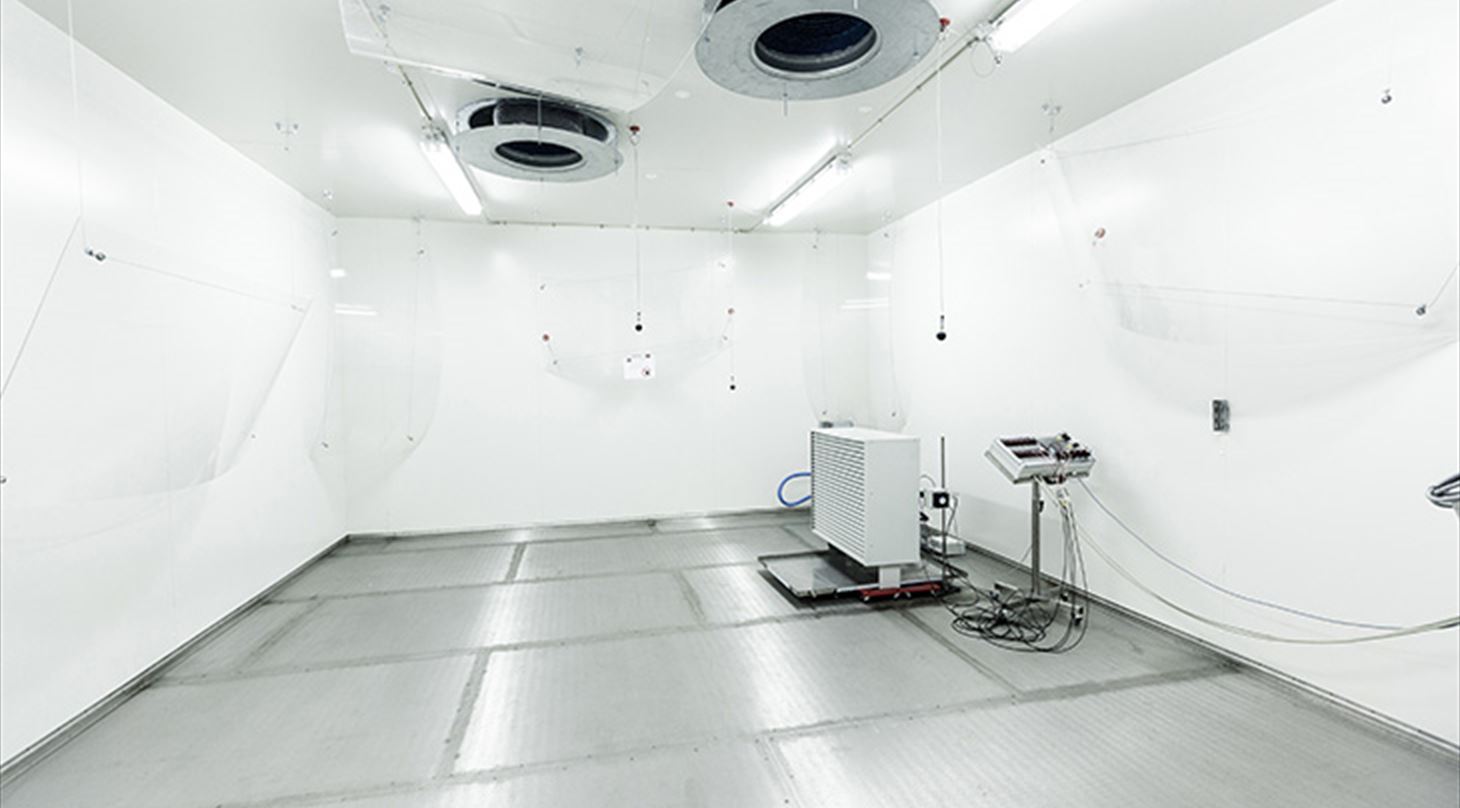
Annex 51 Acoustic signatures of heat pumps
Project start October 2017. Project completed July 2021.
Purpose of project
Acoustics and sound are areas where the Danish heat pump industry has little knowledge and experience, and sound is one of the main barriers regarding the implementation of heat pumps.
Thus, the aim of this project is to give Danish industry access to the international knowledge which is generated in the project. The primary aim of Annex 51 is to increase the acceptance of heat pumps for comfort purposes with respect to noise and vibration emissions.
Another focus is to increase knowledge at different levels (manufacturers, acoustic consultants, installers, and authorities).
Read more about Annex 51 here.
Objectives
To reach these goals, one needs to understand the different reasons for reducing sound emissions - depending on the different countries (legislation), locations, and applications. The main influencing factors for the acoustic signatures of these units will be identified. Collecting and combining research results in these fields on the different implementation levels (component, unit, and application) will finally lead to directions for improved components, units, and control strategies.
The proposed work in Annex 51 targets heat pumps used in single-family and multi-family houses. Their acoustic emissions are relevant since outdoor and indoor noise affect the acceptance of this technology negatively. Outdoor noise is an issue for both the owner and his or her neighbours.
To increase the acceptance of heat pumps while keeping the high energy savings linked to the technology, emphasis must be put on several levels including heat pump components and the best way to combine them, control algorithms including acoustic parameters as well as unit placement and clever use of sound absorption measures. Acoustic perception is an important aspect of the acceptance, and it is, therefore, to be included in future standards at an increased level.
The aim of the project is to gather the knowledge and expertise of the participants in order to forward this knowledge and establish recommendations and advice, including guidelines as well as training and input to future standards.
Activities
The project is divided into seven phases:
1. Legislation and standards. In this phase, existing legislation and standardisation as well as applicable regulations regarding acoustics in the different countries will be investigated. The different measurement techniques and requirements in certification schemes will be described.
2. Definition of heat pump units to be covered by the study. Products will be identified and selected.
3. Identification and overview of noise at component and unit levels and noise control techniques.
4. Analysis of the effect of operating conditions of heat pumps on acoustic behaviour.
5. Heat pump installation and effects on the surrounding environment. The project will look at basic principles of good/effective installations, studies of locations based effects (e.g. several units in a narrow area and level of background noise), and the perception of users and neighbours.
6. Improved measuring and description of the acoustic performance. Psychoacoustics/noise perception, acoustic camera, transient/non-steady state sound power level, and alternative acoustic metrics.
7. Dissemination. Dissemination of the project is one of the main goals in the project, and it is very important in relation to the Danish heat pump industry. Deliverables will be educational material on the acoustics of heat pumps, guidelines and recommendations for different target groups, and the availability of workshop materials and conference contributions.
Participants
- Danish Technological Institute (Project manager Svend V. Pedersen)
- Robert Bosch
- BKF Klima
- Varmepumpefabrikantforeningen (Association of Heat Pump Manufacturers).
Funding
The project is funded by EUPD.